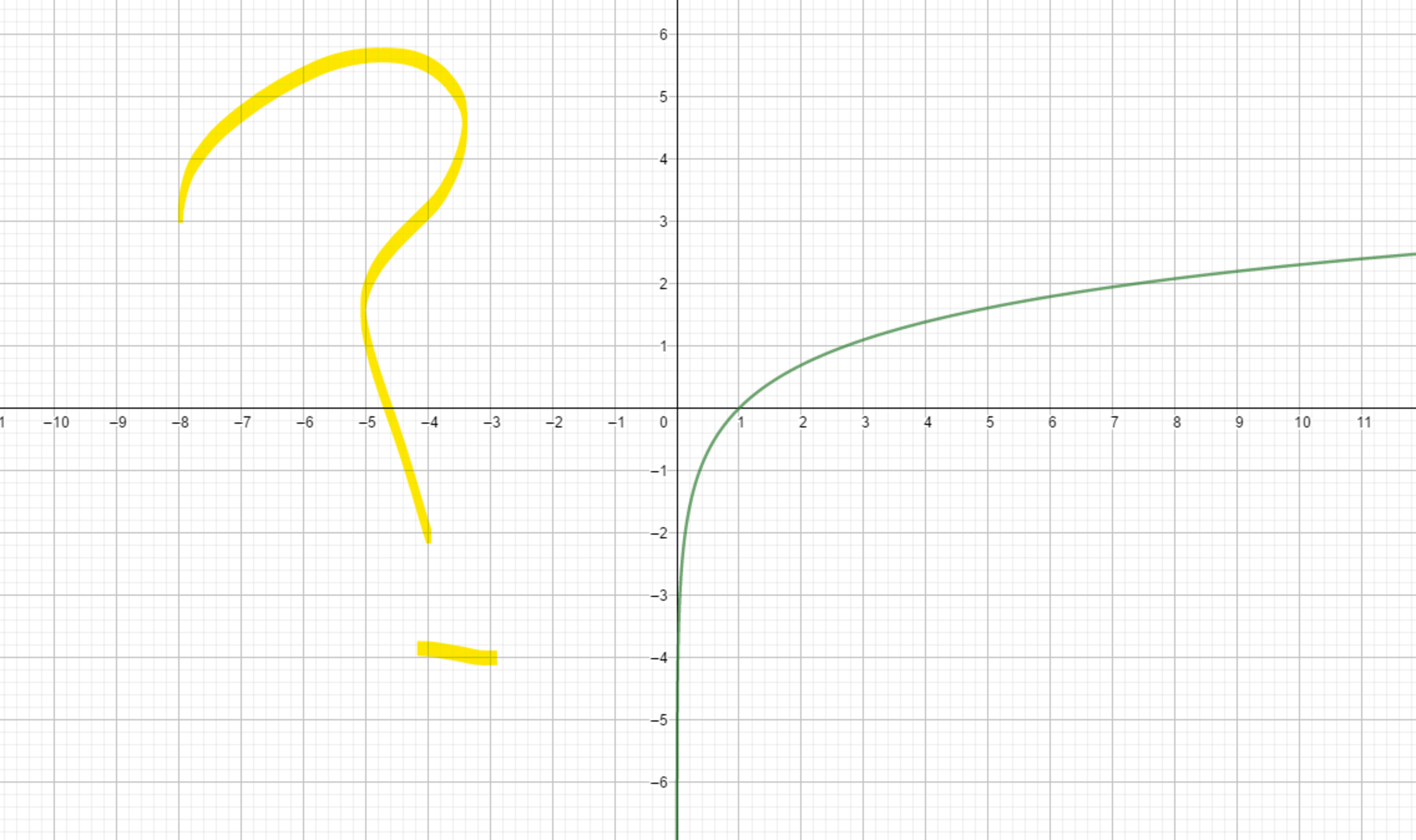What is the value of ln ( − 1 ) ?
We know
ln
(
1
)
=
0
and
ln
(
−
1
)
is meaningless.
 But is
ln
(
−
1
)
really meaningless? Which of the following options is a possible value of
ln
(
−
1
)
?
But is
ln
(
−
1
)
really meaningless? Which of the following options is a possible value of
ln
(
−
1
)
?
This section requires Javascript.
You are seeing this because something didn't load right. We suggest you, (a) try
refreshing the page, (b) enabling javascript if it is disabled on your browser and,
finally, (c)
loading the
non-javascript version of this page
. We're sorry about the hassle.
4 solutions
This is a another nice solution. :) I am going to post an interesting problem - how to calculate i i ?
i i is a real number so I think this problem will very very interesting! :)
666,I haven't learned it yet
If ln ( − 1 ) = y ⇒ − 1 = e y . Since by Euler's formula e i t = cos ( t ) + i sin ( t ) we find t = ( π + 2 k π ) , for any k ∈ Z . So there is more than one solution, because e y is periodic (mod 2 π i ). The case k = 0 is called the principal solution and gives y = π i .
Some problems looks very hard but it's very easy, like this :)
We know e i x = cos x + i sin x and we also know when x = π then e i π = − 1 e i π = e ln ( − 1 ) ln ( − 1 ) = π i
l n ( − 1 ) = ( 2 n + 1 ) π i for any integer n
For this question only n=0 is a given answer but all other solutions are also good enough unless we want to keep ln() as an one-one function and not a one-many relation
l n ( x + i y ) = 2 l n ( x 2 + y 2 ) + i ∗ a r g ( x + i y ) is one possible definition of the natural logarithm which is one-one in the complex plane
In Mathematics, if you find the answer in the real world, find it in the complex world.
ln ( − 1 ) = ln ( i 2 ) = 2 ln i = 2 ln ( e 2 π i ) = 2 × 2 π i = π i where i = − 1 denotes the imaginary unit. By Euler’s formula: e θ i = cos θ + i sin θ
References: